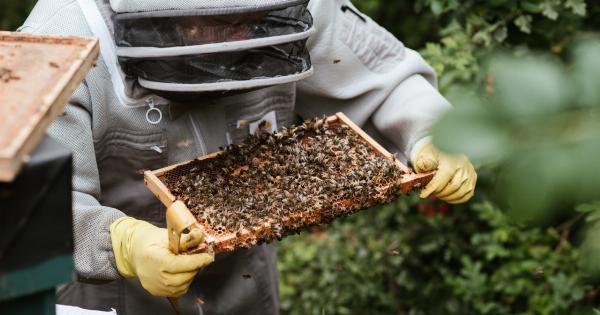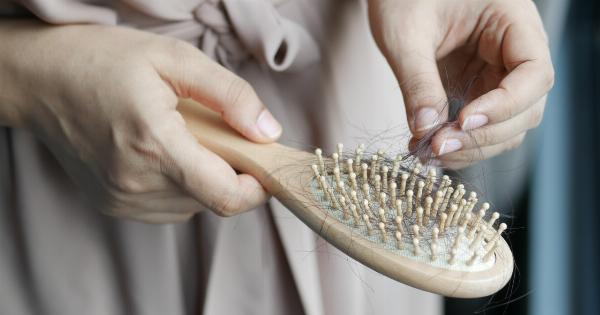Sexually transmitted infections (STIs) are infections that are primarily transmitted through sexual contact. These include a wide range of infections caused by bacteria, viruses, and parasites.
Common STIs include chlamydia, gonorrhea, syphilis, human papillomavirus (HPV), genital herpes, and HIV/AIDS. STIs can have varying symptoms and complications, and some can even lead to long-term health problems if left untreated.
What is genital waxing?
Genital waxing, also known as Brazilian waxing, involves the complete removal of pubic hair using hot wax. It is a popular grooming practice among both women and men.
The process involves the application of hot wax to the desired area, which adheres to the hair. The wax is then quickly removed, pulling the hairs out from the root. Genital waxing can be done at home with DIY kits or by professionals at salons and spas.
Is there a connection between STIs and genital waxing?
The short answer is no; there is no direct connection between STIs and genital waxing. STIs are primarily transmitted through sexual contact, while genital waxing is a cosmetic procedure for hair removal.
However, there are certain factors related to genital waxing that might indirectly increase the risk of STI transmission.
Increased risk of microtears
One potential concern with genital waxing is the increased risk of microtears in the skin. The process of waxing involves pulling the hair out from the root, which can sometimes cause tiny tears or cuts in the skin.
These microtears can create openings that allow STIs, including viruses like HPV and herpes, to enter the body more easily during sexual activity. It is important to note that the risk of transmission through microtears is relatively low, especially if proper precautions, such as using condoms, are used.
Hygiene and STI prevention
Proper hygiene is crucial for preventing STIs, irrespective of whether one engages in genital waxing or not. Keeping the genital area clean and dry can help reduce the risk of infections.
It is recommended to wash the area with mild soap and water, avoiding harsh chemicals that may disrupt the natural balance of the vaginal flora. Additionally, using condoms and practicing safe sexual behaviors are essential for reducing the risk of STI transmission.
Precautions for safe genital waxing
To minimize the risk of complications or infections, individuals opting for genital waxing should consider the following precautions:.
- Choose a reputable salon or spa with trained professionals who follow strict hygiene practices.
- Ensure that the waxing technician wears clean, disposable gloves during the procedure.
- Use a new, disposable waxing applicator for each client to avoid cross-contamination.
- Discuss any pre-existing skin conditions, allergies, or sensitivities with the technician beforehand.
- Ensure the waxing equipment and surfaces are properly cleaned and disinfected.
- Avoid genital waxing if you have open sores, cuts, or lesions in the waxing area.
- Follow aftercare instructions provided by the technician to minimize irritation or infection.
- Consider avoiding sexual activity for a day or two after waxing to allow any potential microtears to heal.
Conclusion
In summary, while there is no direct connection between STIs and genital waxing, certain precautions should be taken to ensure a safe and hygienic experience.
Genital waxing, like any other cosmetic procedure, comes with its own risks and potential side effects. Practicing safe sexual behaviors, maintaining good hygiene, and taking necessary precautions can help reduce the risk of both STIs and complications associated with genital waxing.































